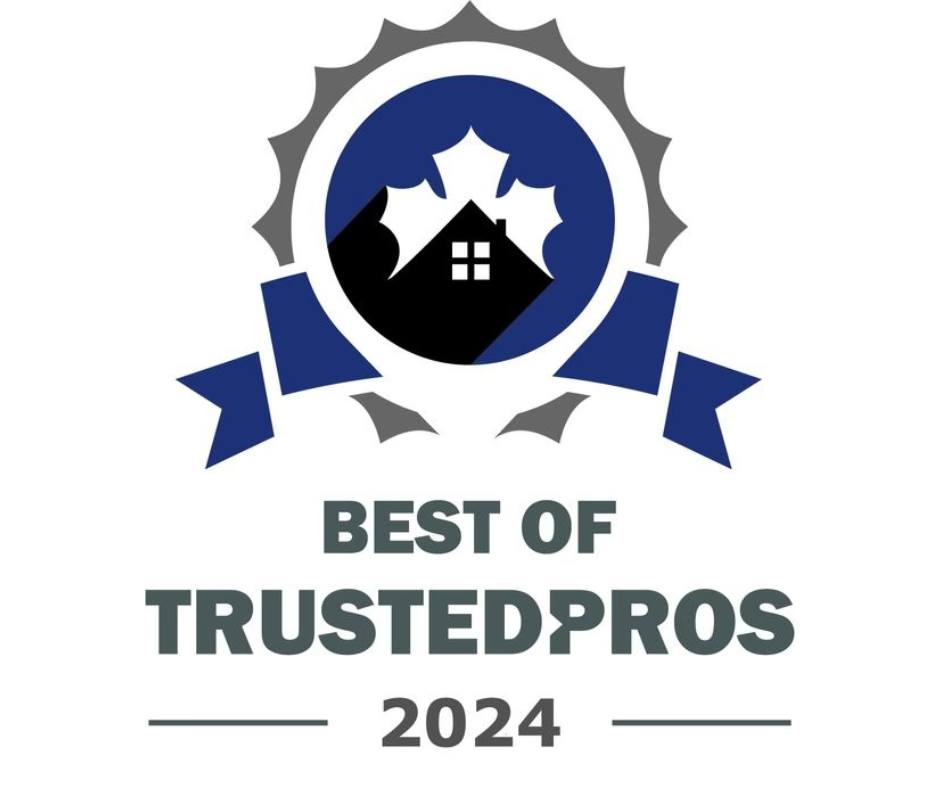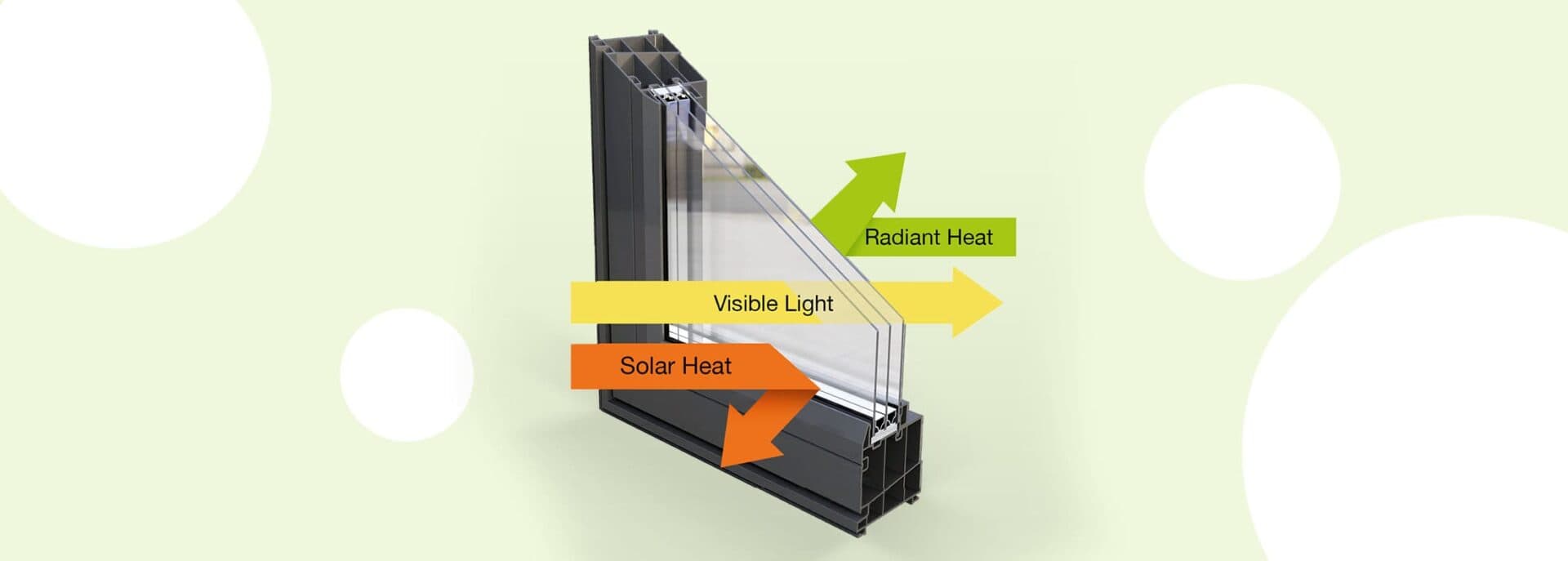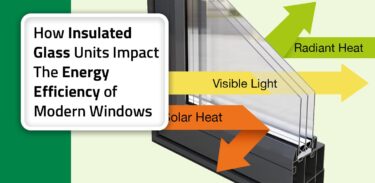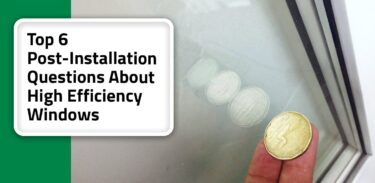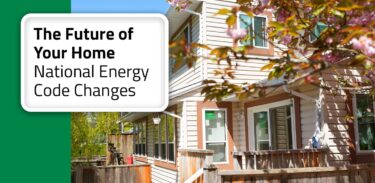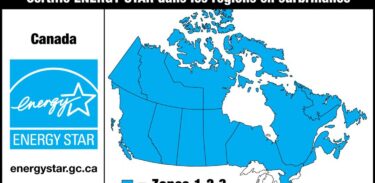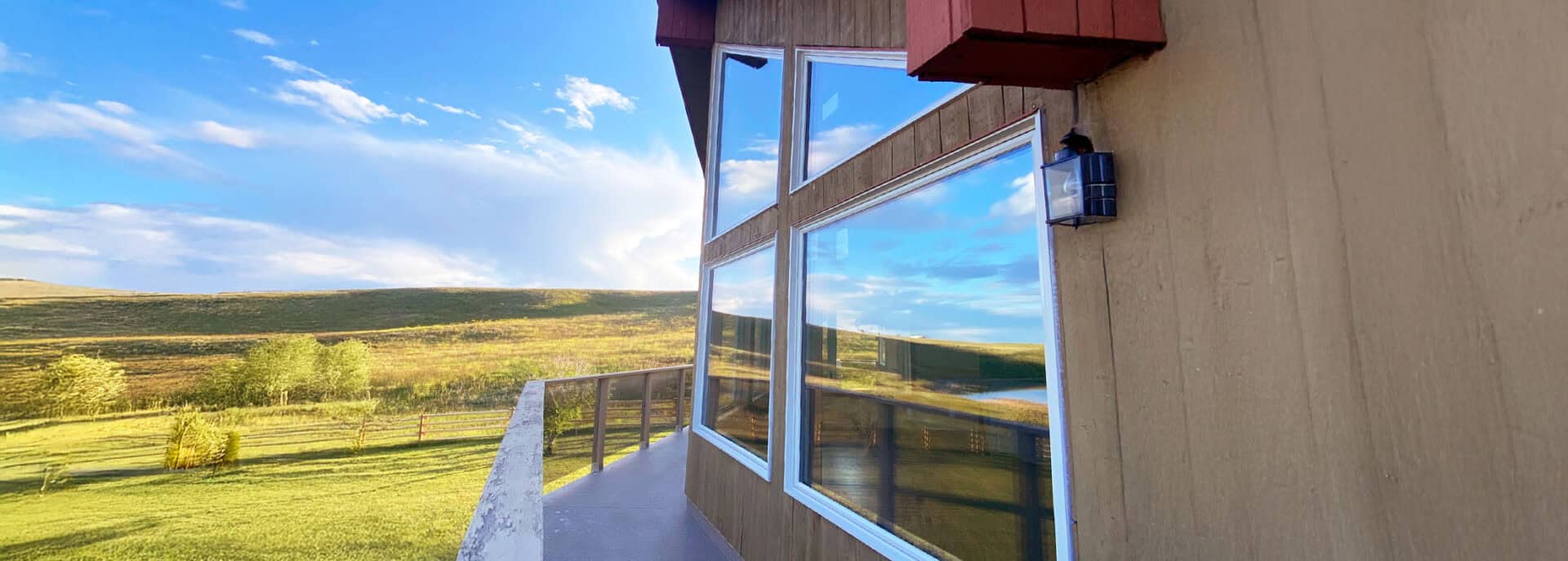

Everything You Should Know About Low E Coating Windows
Nov 11, 2025
5 min read
832
A standard window glass does very little to prevent the Sun’s energy from passing through. What is more important for your home, is that it is equally bad at maintaining the infrared heat energy at night, losing it back to the exterior through the process of radiative heat loss.
That’s why, for as long as there have been windows, manufacturers and window installers alike have been looking for things to add to improve their performance. Even in our lifetime, windows used to be manufactured with just one pane. Today, double-pane units are becoming a rarity, with most people opting for sealed units with triple-pane windows.
Another common application window manufacturers have developed to improve energy efficiency are low-emissivity (low-E) coatings.
What Is a Low E Window?
A Low-E coating is an invisible metallic layer, only several atoms in thickness, that is applied to glass surfaces. This is one of the most popular types of glass windows and allows short-wave solar energy to pass while bouncing back out long-wave infrared energy.
This allows for most of the sun’s energy to pass through into your home while ensuring a minimal amount of heat in your house is allowed to escape. This is especially beneficial in colder climates as it significantly reduces heat loss from your home in the winter time.
Though there is a slight loss in solar gains in your home with the presence of Low-E, it more than makes up by significantly reducing solar heat loss in the nighttime.
Why Install Energy Efficient Windows With LoE Glass?
The Low-E coating dramatically lowers the heat loss through the glass. Modern low e windows with such coating keep your heating costs down at night when there is no sun and maintain a more consistent temperature within your house throughout the colder months.
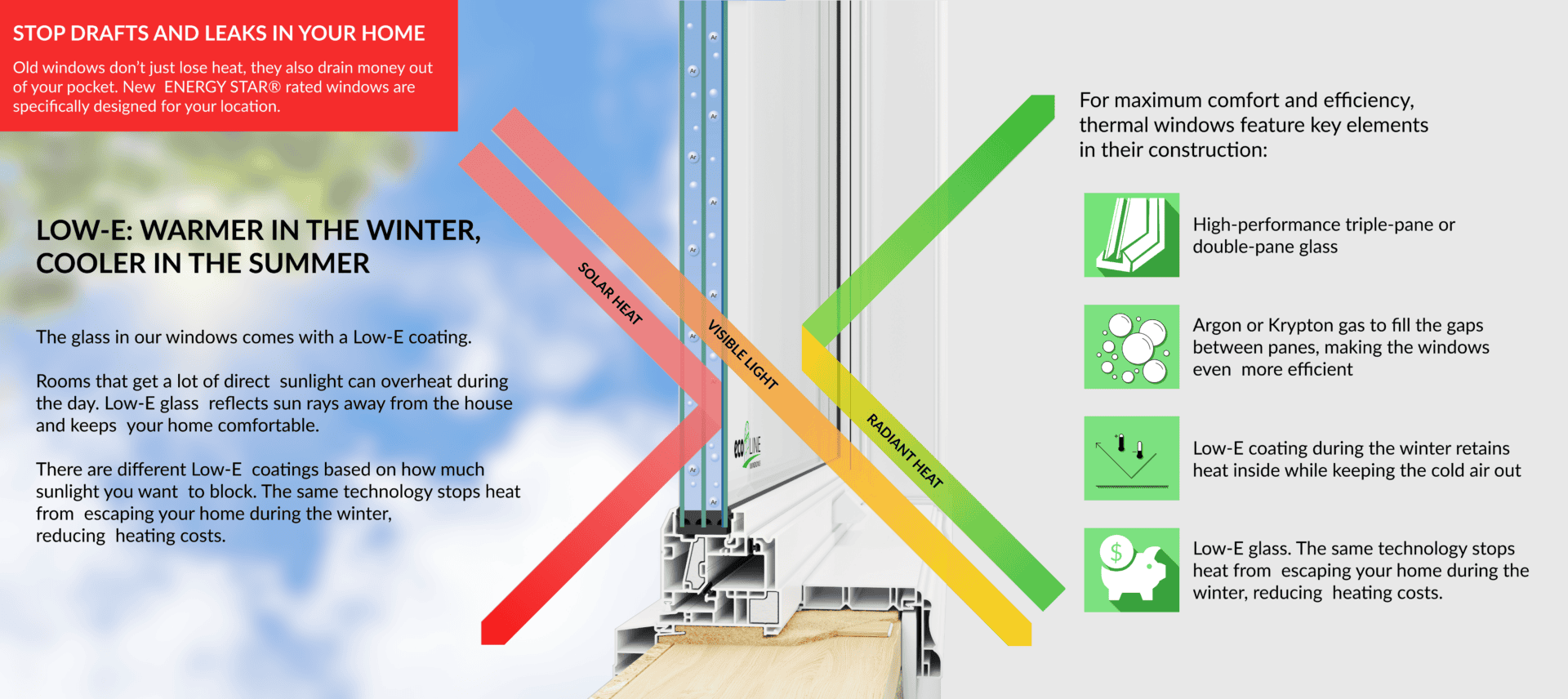
The key reasons why homeowners should pay close attention to energy-efficient windows with LoE glass:
- Heat loss reduction during the cold season – LoE glass lowers radiant heat transfer and reflects interior heat back to your space, not outside;
- Heat gain reduction during the warm season – LoE glass lowers the flow of hot air from outside into the cooler interior areas of your house during summer;
- Lower Energy Bills – LoE glass balances the heating and cooling energy required to maintain your house at a comfortable temperature. That helps your HVAC system work less, leading to significant energy savings throughout the year.
- Huge Window Areas – An energy-efficient high-performance LoE glass allows homeowners to install windows with huge glass areas without higher energy costs.
Keep in mind that all Low E windows are eligible for ENERGY STAR® certification based on their U-factor, which measures their overall heat loss, forming their overall Energy Rating (ER). It combines their passive solar heat gain (SHGC) via the glass with their overall heat loss and air leakage. Your preferred window must have a U-factor of 1.22 W/m2 or lower or an ER of 34 or higher to be considered energy efficient.
How Much Energy Do Low-E Coating Windows Save?
Upgrading to Low-E glass windows can make a real difference in both comfort and energy bills. With the average Canadian household spending more than $2,000 annually on heating and cooling bills, replacing standard home windows with high-performance energy-efficient windows can reduce a home’s annual space-heating energy requirement by about 12% or more – roughly $240 per year.
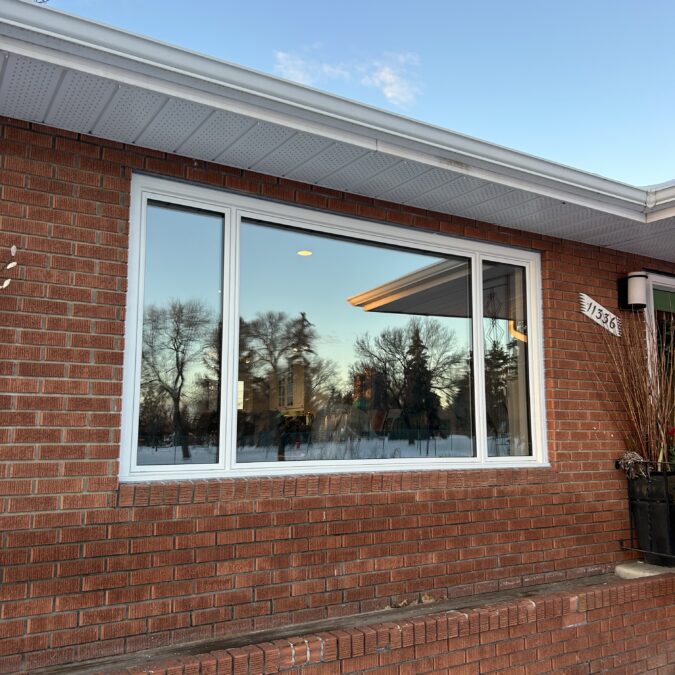
While standard glass offers basic insulation, it lacks the advanced thermal performance of Low-E coating windows. This, in turn, affects your energy bills because:
- Higher solar heat gain drives cooling costs up by 20-30%.
- Greater heat loss leads to increased heating bills by 15-25%.
Other studies indicate that Low-E glass coating (especially when paired with argon fills and quality frames) offers additional savings in the range of 8 % to 12 % off total energy bills, and some manufacturers estimate up to 30–40 % improvement in insulated glass performance compared to standard glazing.
Beyond the numbers, the comfort boost is clear: fewer cold spots by windows in winter, less solar heat gain in summer, and more stable indoor temperatures year-round.
FAQ
What does Low E glass coating do?
Low-E (short for low emissivity) is a thin, invisible metallic coating applied to window glass. It reflects heat back into your home in winter and keeps solar heat out in summer, improving comfort and lowering energy costs without reducing natural light.
Are Low-E windows worth the extra cost?
Absolutely. Low E coating windows typically save homeowners 8-12 % on energy bills each year and can improve insulation performance by up to 40 % compared to standard glass. While they cost 10-15% extra, the investment pays back over time through lower heating and cooling expenses.
Can I tell if my windows have Low-E coating?
Hold a lighter or match near the glass. If one of the reflected flames appears a slightly different colour, that pane has a Low-E coating. You can also check your window’s ENERGY STAR® label or ask your installer for documentation.
1750 Coast Meridian Rd #102,
Port Coquitlam, BC V3C 6R8
100, 17866 106A Avenue,
Edmonton, AB, Canada,
T5S 1V3
3307 Dunmore Rd SE #12,
Medicine Hat, AB,
Canada, T1B 3R2
2081 Merivale Rd #201, Ottawa, ON, Canada, K2G 1G9
by appointment only
109 Ilsley Ave Unit #3, Dartmouth,
NS, Canada, B3B 1S8



